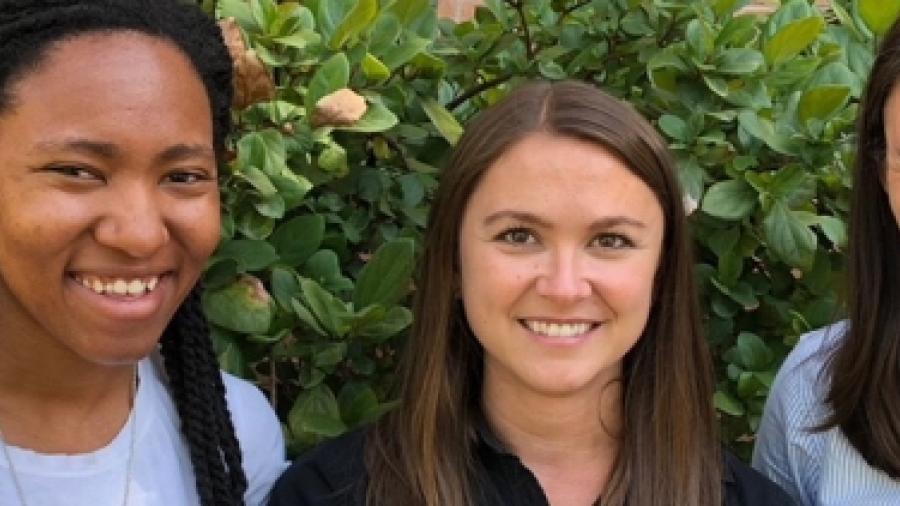
Is Active Learning Making Students Anxious? It Depends How It's Done
Anxiety has been highlighted as a pressing concern for colleges, with over 60% of college students reporting that they felt overwhelming anxiety within the last year. While recent studies have shown that active learning practices can cause students to have anxiety, it is unclear why active learning may elevate students’ anxiety, or whether active learning could ever be used to alleviate anxiety.
A team from the School of Life Sciences at Arizona State University, led by Biology and Society Associate Professor Sara Brownell, set out to understand what about active learning makes students anxious. They conducted an in-depth interview study of 52 undergraduates enrolled in large-enrollment, active learning science classes at a large research institution. In the study, published in the International Journal of STEM Education in June 2018, they found that active learning can both increase and decrease students’ anxiety.
What about active learning increases anxiety?
Students are being evaluated more frequently in active learning classrooms and if students think that their intelligence may be negatively evaluated during an active learning activity, it can cause them to have higher anxiety. Many students in the study highlighted that they feel anxious when instructors call on them unexpectedly to answer a question in front of the whole class because of how other students might judge them. Katelyn Cooper, a lead author of the study, explained, “The student who has to answer the question is afraid that everyone else is going to think they are not smart. If they don’t say the exact right answer, they leave the class feeling inadequate and anxious.” This can also happen in small group discussion, although it seems to be less stressful than talking in front of the whole class. Co-lead author Virginia Downing elaborated, “For example, if a student is asked to talk with students in their group about a photosynthesis question, and they think another group member might think their idea is dumb, then that can cause the student to have anxiety about working in groups.”
What about active learning decreases anxiety?
Students in the study described that active learning helps them learn the information, a notion widely supported by the education literature, which can decrease their anxiety. Students explained that active learning gives them an opportunity to engage with difficult material and identify what they do and do not know, before they take high stakes exams. Additionally, students highlighted that in traditional lecture courses, they sometimes think that they’re the only person in the room who doesn’t understand a concept, but in active learning they realize that other students struggle too. “Students told us that they’re relieved when their groupmate is also struggling with a concept, or when they see that 40% of the class also missed a particular question” explained Downing.
What can instructors do to create less anxiety-inducing classrooms?
The researchers suggested that instructors can work to make their large-enrollment classrooms more inclusive as a way to decrease student’s anxiety. “We found that when students have better relationships with each other and with the instructor, they’re less worried that they’re going to be judged for their off-the-wall ideas” said Cooper. “It’s important to create an environment where it’s OK to be wrong” Cooper continued, “maximizing students’ opportunities to see that they’re not the only one struggling is also helpful.”
More Information: Sara Brownell ([email protected])